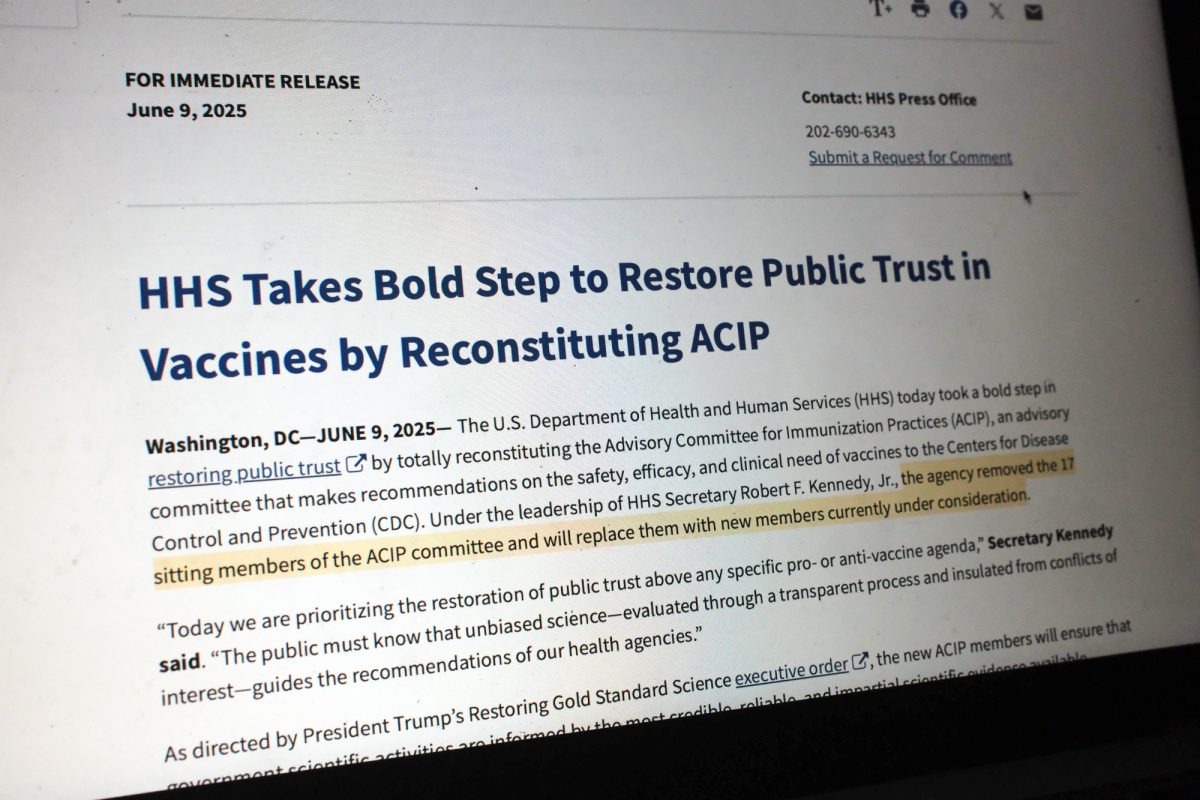Massachusetts is the first state in the country to adopt a law limiting power plants’ carbon dioxide and mercury emissions, according to state officials. Acting Gov. Jane Swift plans to use this law to clean up the “Filthy Five,“ the state’s six dirtiest power plants owned by five companies in five communities. The law requires a 50 percent reduction of nitrous oxides and 53 to 74 percent reductions in sulfur dioxide by 2004. It also allows power companies until 2008 to begin using cleaner-burning fuels.
These plants had previously been exempted from the federal clean air regulations because they were built before the laws were passed in the 1970s. These laws would bring older plants that burn coal and oil up to the standards of most modern plants that use cleaner-burning natural gas.
All power companies can afford to conform to the same emissions standards. When the law was passed, it may have been unreasonable at one time to think that older plants should be placed under the same federal regulations as newer plants. But now, those power companies can now withstand reducing their emissions without suffering financially. Still, the law does take into account that this change will take time to take effect in these plants by allowing reasonable for total compliance to these regulations.
Clean air should not be a political issue — it is a quality of life issue. Public health is jeopardized when power plants release harmful emissions into the environment. Air pollution affects everyone regardless of their political affiliation.
The country will only see a real improvement in its air quality when more states implement such legislation. Pollution in one state can hover over neighboring states and cause serious environmental and health for those residents. The Bay State is once again leading the way in cutting emissions and will hopefully push other states to do the same.
















































































































